

Uparkot Fort is a huge commanding structure, built as a defensive and a residential place in its construction. It has got a unique stone art and masonry works. This fort is built on the plateau lands in the Junagadh City. The materials used here are the sand stones, granite stones and lime stones. It has got very high walls. These are seen from 10-20 meters in height, which is covered in a square shape. These walls are supported with many bastions, which are found in the cylindrical and square shapes. Its walls are really thick and strong, that it still lasts now. There are many gaps left here for vigil purpose. These walls do have windows on its top portions. The important attractions of these walls are that they are placed with a gap like a trench inside this wall and its main fort complex areas. This runs like a stairway with ups and downs with steps in few places. It has got a very huge gateway with arched entrance. It does have a wicket gat on its backside of this fort.
Uperkot, located on a plateau in the middle of town, was originally built during the Mauryan dynasty by Chandragupta in 319 BC. The fort remained in use till the 6th century, and then it was covered over for 300 years. Then it was rediscovered in 976 AD. The fort was inundated 16 times over an 800-year period. One unsuccessful siege lasted twelve years. The fort had all the resources like water tanks and food grain storage to last for twelve years. Besides there are well known places like Adikadi Vav (A stepped well) and Navghan Kuva (A well with steps surrounding it which could hide a large army) which are believed to have been built during the rule of the Solanki of the Chalukya Dynasty in 11th and 12th Century.
Dhakka Bari (The window to punish the offenders by throwing them off in the valley) is now closed for public access and can be seen only from the outside of fort. There is a palace of Ranakdevi which is presently in a devastated state and converted into Jama Masjid. Near t he palace, two canons named Nilam and Manek, brought from Diu after conquering it in 1962, have been arranged pointing to the picturesque view of the city. The first canon Nilam is fifteen feet long and made in Egypt in 1531. It was abandoned by a Turkish admiral opposing the Portuguese forces at Diu in the Sixteenth Century. There are also Rock Caves believed to be Buddhist Caves having stone carvings and floral work carved as early as 500BC. There are also the Khapra Kodia Caves north of the fort, and the Babupyana Caves south of the fort. The fort is worth visiting for the seekers of historical places and forts.
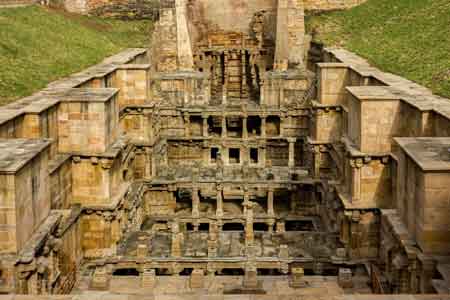

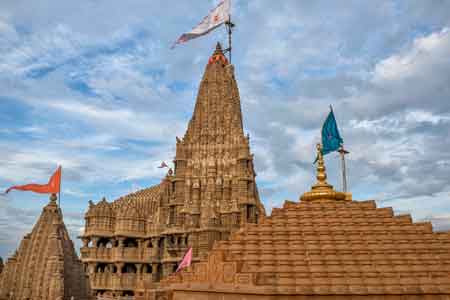
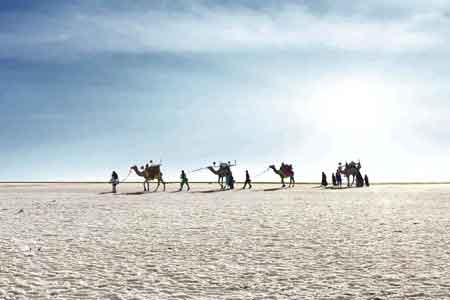
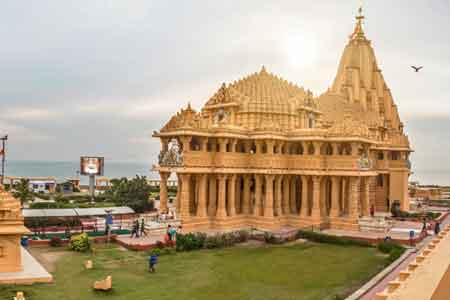
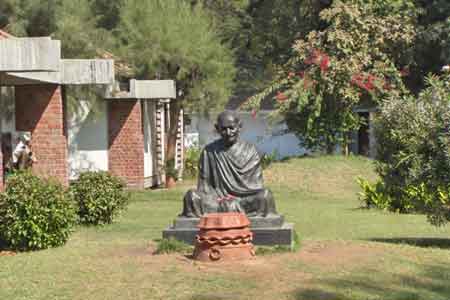

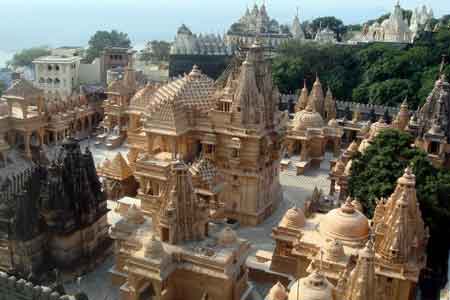
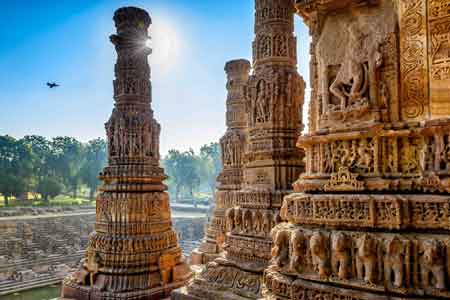
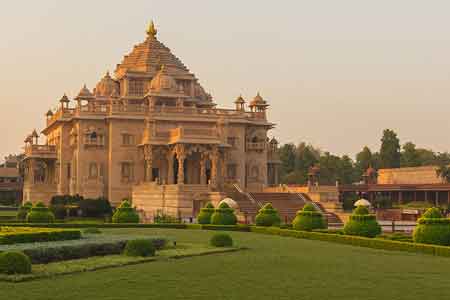
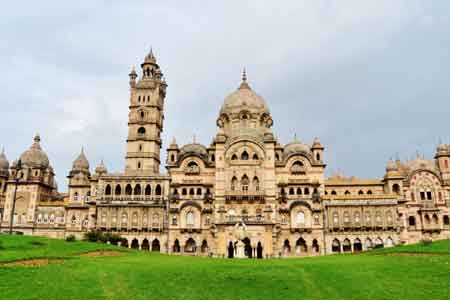
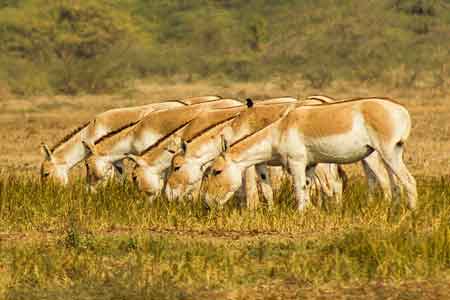

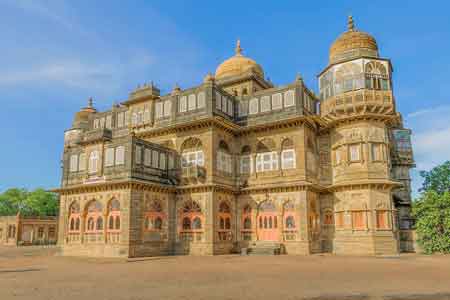
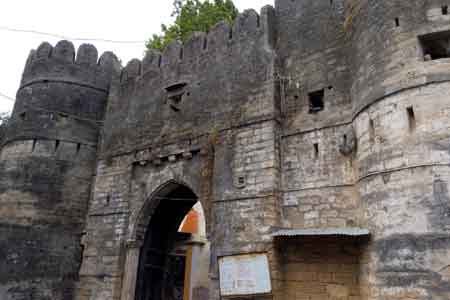
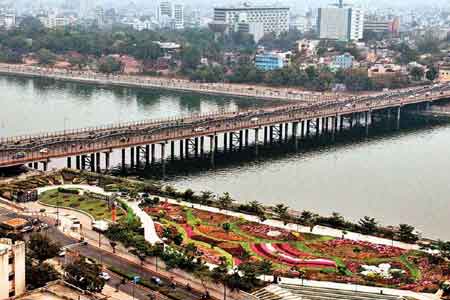
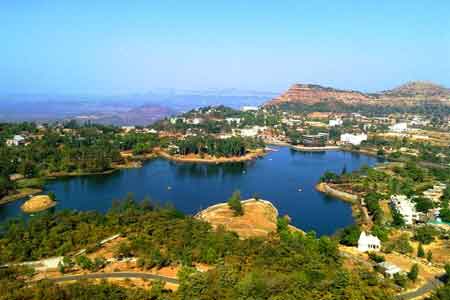
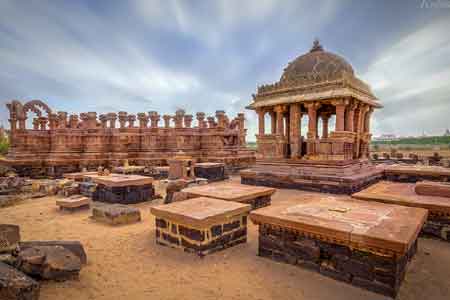
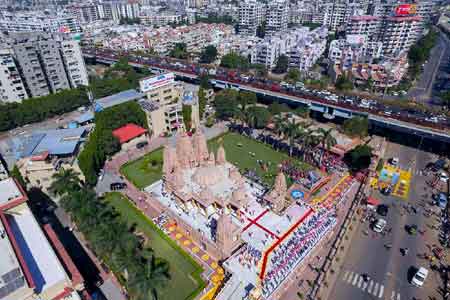
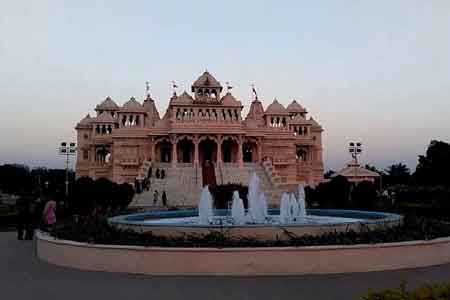
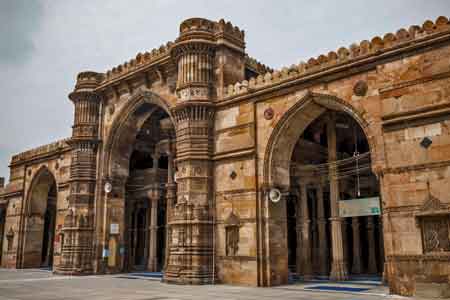
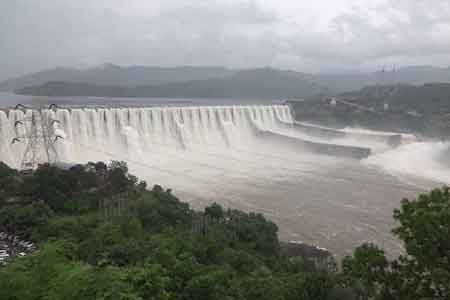

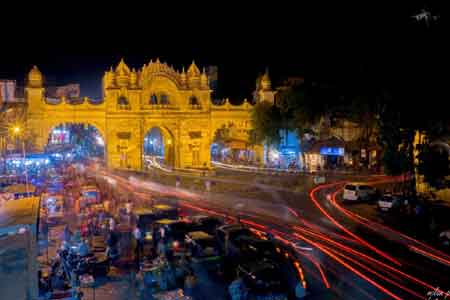
Gujarat Tour Packages and explore the main tourist places and attractions of Gujarat. The famous tourist attractions of Ahmedabad, Bhuj, Rajkot, Jamnagar, Vadodara, Junagadh, etc, make the state of Gujarat distinctive and thus highly praised in the tourism Industry.